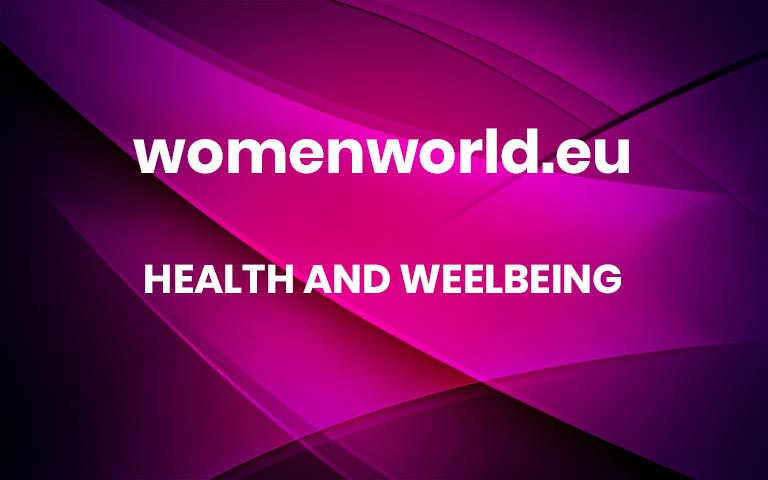Do You Really Need A Parasite Cleanse?
A woman sits over a sink that is filled with water. Her feet are submerged. Excitedly, she brings the phone camera to focus on the water and zooms in. There, squirrelling and squirming, are long, dark strands. They’re worms, she says, the evidence of a successful parasite cleanse.
Videos like these on TikTok abound – and South African Tok is no exception. A “parasite remedy” drink is taken like a shot – grimace and all – by women en masse. In other clips, women scrape out the seeds of a pawpaw and eat them. Another woman mixes Epsom salt with fruit juice. They’re all engaging in a parasite cleanse, in which parasites, which look like worms, must be removed from the body. According to clips from TikTokkers, which include holistic health practitioners, pharmacists and content creators, you need a parasite cleanse if you clench your teeth, have IBS, ringing in your ears or have eczema. So, are parasites as prevalent as TikTok says? And do pawpaw seeds kill them? We asked the experts.
What (Exactly) Is A Parasite?
Kind of like your freeloader pet, a parasite is any “organism that lives in or on a human being (or any animal), and which derives nutrients from that so-called ‘host’,” explains Prof Miles Markus, a parasitologist and honorary member of the Parasitological Society of Southern Africa. Examples of parasites include lice, fleas, malaria and ticks. In humans, we refer to intestinal worms, also known as helminths.
READ MORE: How Women Are Turning To Medical Cannabis For Menopause in South Africa
How Common Are Parasites In The Body?
A 2023 literature review in Advances in Parasitology notes that, like many health conditions in Sub-Saharan Africa, data on gastrointestinal parasites is lacking. According to 2020 statistics, two billion people are infected with gastrointestinal parasites. It’s prevalent among children and is associated with poverty, a lack of access to safe drinking water, poor hygiene and education. You can pick up a parasite from eating contaminated food, infected meat, raw meat or untreated water. But you can also get it from another person or animal.
What Are The Symptoms Of Parasites Or Worms?
“Symptoms of parasitic infections are mostly nonspecific. In other words, they could equally be symptoms of some other condition,” says Prof Markus. “Abdominal discomfort and/or the obvious gastroenteritis-type symptom of diarrhoea can be associated with parasites.”
“Parasites can affect various body systems,” explains Dr Bonolo Mashishi, a virologist and pathologist. “Worms may infect our blood, bladders, liver and other organs.” And, because they get their food at the expense of the host (you), they wind up depriving the host of key nutrients. You may see intestinal worms in your stool or blood in your urine, and among kids, itching around the anus can be reflective of a worm infection, says Prof Markus. However, “jaw-clenching is NOT indicative of a parasitic infection,” he says.
READ MORE: Is Sunscreen Toxic? Experts – And Science – Weigh In On Viral Claims
So… Do You Need A Parasite Cleanse?
The short answer: no. The longer answer? There’s no such thing. “‘Parasite cleanse’ is not a medical term,” says Prof John Frean, associate professor at the Centre for Emerging Zoonotic and Parasitic Diseases at the National Institute for Communicable Diseases. “If exposed, people across all income brackets could be infected with intestinal worms, but they should be diagnosed and managed on an individual (or sometimes, family) basis.” Dr Mashishi agrees. “Often, antiparasitic medications are needed for treatment. These medications are designed to eliminate parasites,” she says.
Importantly, the medication used to get rid of parasites does not include Epsom salt, pawpaw seeds or charcoal tablets, all experts noted. “Some ingested substances might be harmful. Before taking anything like this for any reason, always check with your local pharmacist in the first instance, and ask about how much of it you can safely use,” warns Prof Markus. Bottom line: no oil, seed, salt, tea or bitter concoction will kill any parasite. And, all the experts we spoke to say, parasite cleanses don’t work.
For people who do need to be dewormed – recommended for children and some at-risk adults, where there is a burden of worm-associated infections, says Dr Mashishi – the pharmacy is the place to be. “Speak to your local pharmacy about deworming for intestinal helminthiasis if you want to know about it,” says Prof Markus. More



